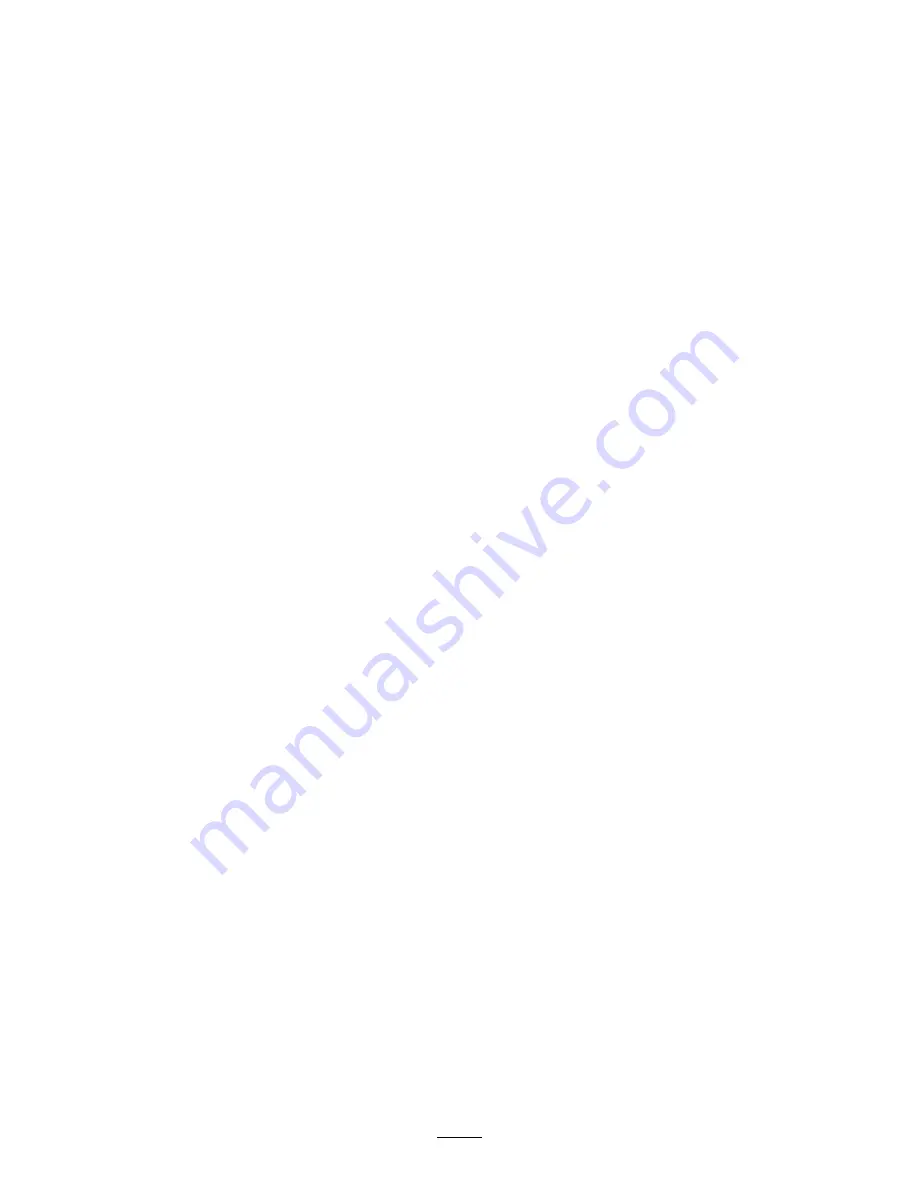
Chemical Safety
Chemical substances used in the sprayer system
may be hazardous and toxic to you, bystanders, and
animals, and they may damage plants, soil, and other
property.
If you will use more than 1 chemical, read the
information on each chemical. Refuse to operate or
work on the sprayer if this information is not available.
Before working on a sprayer system, ensure that it
has been neutralized and triple rinsed according to
the recommendations of the chemical manufacturer(s)
and that all the valves have been cycled 3 times.
Verify that there is an adequate supply of clean water
and soap nearby, and immediately wash off any
chemicals that contact you.
•
Carefully read and follow the chemical warning
labels and material safety data sheets (MSDS) for
all chemicals used, and protect yourself according
to the chemical manufacturer's recommendations.
•
Always protect your body while using chemicals.
Use the appropriate personal protective equipment
(PPE) to guard against contact with chemicals,
such as the following:
– safety glasses, goggles, and/or face shield
– a chemical suit
– a respirator or filter mask
– chemical-resistant gloves
– rubber boots or other substantial footwear
– a clean change of clothes, soap, and
disposable towels for cleanup
•
Obtain proper training before using or handling
chemicals.
•
Use the correct chemical for the job.
•
Follow the chemical manufacturer's instructions for
the safely applying the chemical. Do not exceed
the recommended system application pressure.
•
Do not fill, calibrate, or clean the machine while
people, especially children, or pets are in the area.
•
Handle chemicals in a well-ventilated area.
•
Have clean water available, especially when filling
the spray tank.
•
Do not eat, drink, or smoke while working near
chemicals.
•
Do not clean spray nozzles by blowing through
them or placing them in your mouth.
•
Always wash your hands and other exposed areas
as soon as possible after working with chemicals.
•
Keep chemicals in their original packages and
stored in a safe location.
•
Properly dispose of unused chemicals and
chemical containers as instructed by the chemical
manufacturer and your local codes.
•
Chemicals and fumes are dangerous; never enter
the tank or place your head over or in the opening
of a tank.
•
Follow all local, state, and federal regulations for
spreading or spraying chemicals.
Performing Pre-Starting
Checks
Check the following items each time you begin use
of the sprayer for the day:
•
Check the air pressure in the tires.
Note:
The tires of this machine are different than
car tires; they require less air pressure in order to
minimize turf compaction and damage.
•
Check all fluid levels and add the appropriate
amount of specified fluids, if any are found to be
low.
•
Check the brake pedal operation.
•
Check to see that the lights are working.
•
Turn the steering wheel to the left and right to
check steering response.
•
With the engine shut off, check for oil leaks, loose
parts, and any other noticeable malfunctions.
If any of the above items are not correct, notify your
mechanic or check with your supervisor before taking
the sprayer out for the day. Your supervisor may want
you to check other items on a daily basis, so ask what
inspections you are responsible to perform.
21
















































